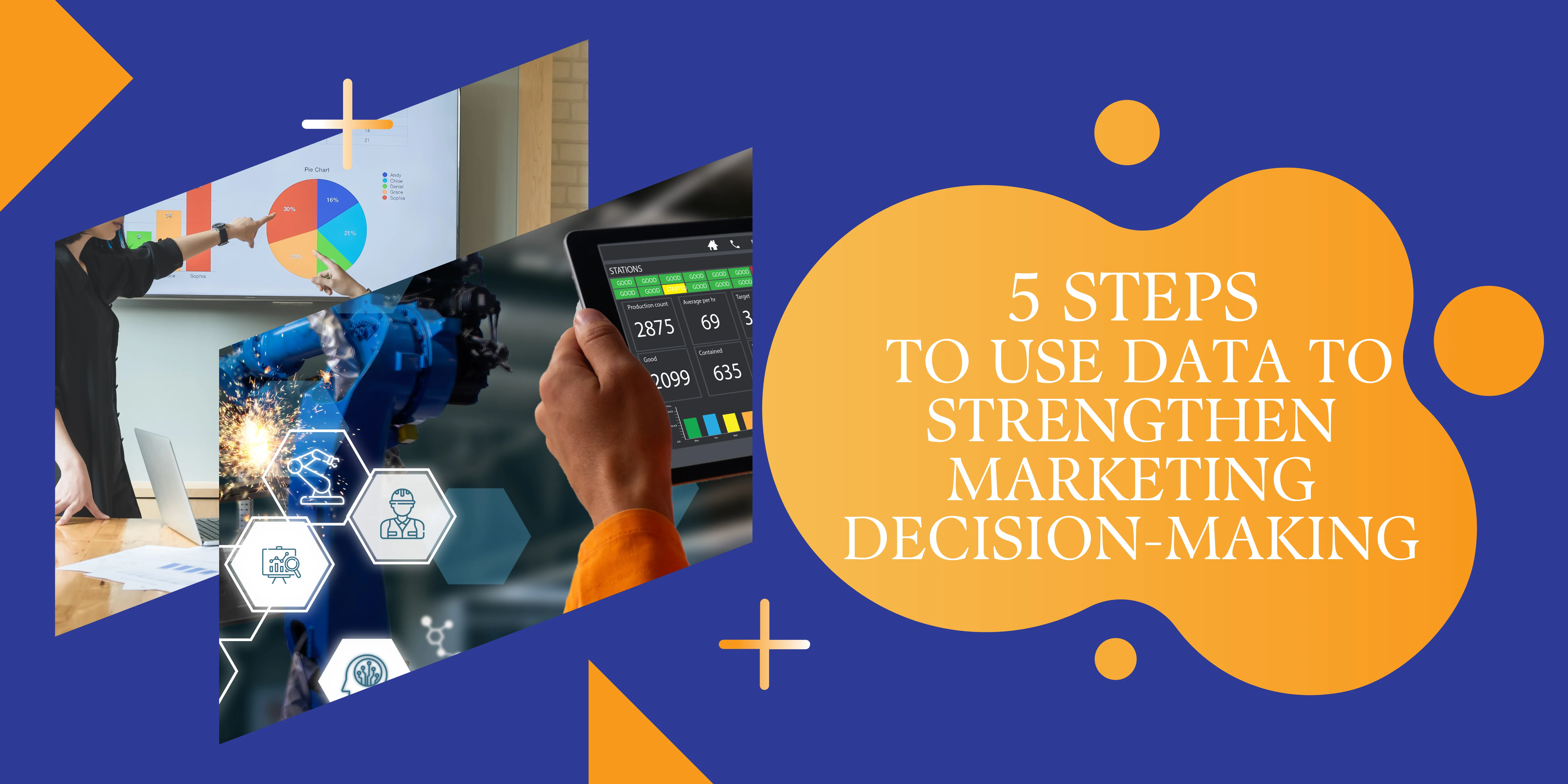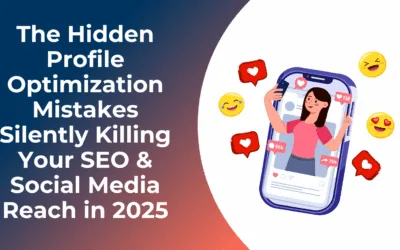Table of Contents
Introduction
1. Define Clear Marketing Goals
Every data-driven marketing strategy has to be planned based on achievable objective-oriented goals and objectives. Goals and objectives serve as a means of determining what kind of data is relevant to gather or how this data can be analyzed properly.
- Align Data Collection with Goals: Set marketing objectives that are aligned with the overall business objectives which could include, generating more leads, enhancing sales, or enhancing brand visibility.
- Examples of Marketing Goals:
- Generate a 20 percent increase in overall web traffic within the next six months.
- Enhance the response rate of emails sent to the customers by at least 15 percent.
- Increase the conversion rates from 5 percent to 10 percent.
2. Collect Relevant Data
- Internal Data: For details on your client’s preferences and behavior, analyze the available resources, including the Customer Relations Management (CRM) software, web analytics, for example, Google Analytics, and the feedback from clients.
- External Data: Tools must be utilized to identify industry trends, competition, and social media insights. Some external sources are available on the Internet: SEMrush, HubSpot, Capterra, etc., and social media analytics.
- Use the Right Tools: Purchase software from Google, salesforce, or Hubspot to gather proper data.

3. Analyze and Segment the Data
- Segment Your Data: Segment your audience based on geographic, psychographic, demographic, or behavioral and shopping history. For instance, it might entail aspects such as examining data to discover high-value customers or recognizing the customers’ requirements across groups.
- Use Data Analysis Tools: Use tools such as Tableau, Excel, or Google Data Studio to work on your data and present it in a more organized manner. With the help of these tools, one can easily identify tendencies, anomalies, and patterns.
- Real-World Example: A clothing retailer classifies its consumer base into different groups with one of the classifications being the consumers’ history of previous purchases where young consumers prefer the latest fashion while old consumers prefer those that are classic. With this idea, they are in a position to develop suitable advertisement campaigns for each category.

4. Use Data to Optimize Campaigns
- A/B Testing: Try out the different ad campaign options, from the headlines, CTAs, and images, and even see how your audiences respond to the changes. Thanks to such website builders as Optimizely or Google Optimize, testing and improvement are within reach.
- Personalization: Engage the customers through the data that you have collected so that you can develop a special marketing message. For instance, email content that changes in real time and shows products a user has previously bought is less likely to be ignored.
- Case Study: An e-commerce brand that employed consumer data to guide product recommendations received a 25% increase in sales, on showing the products based on the customer history.
5. Measure Success and Continuously Improve
- Track Key Performance Indicators (KPIs): Examples of metrics include ROI, CPA, business performance index, CLV, and quantity of traffic and conversion rates. These stats will help you to know how successful your campaigns have been.
- Adapt and Improve: This means that after evaluating KPIs and other data, you should be able to identify the necessary improvements in strategies. For instance, if you realize that a particular channel is not productive, then you can easily change to better-yielding platforms.
- Tools for Tracking Success: You need live marketing dashboards tailored like Google Data Studio, HubSpot, or any other company to provide a real-time view of your marketing efficiency.
Conclusion
Start using the data right now to get the best result in your marketing campaign today!





0 Comments